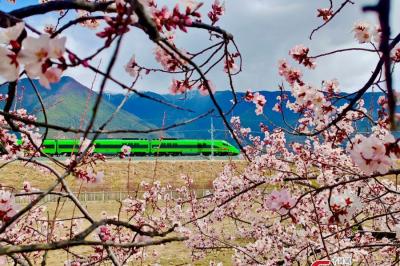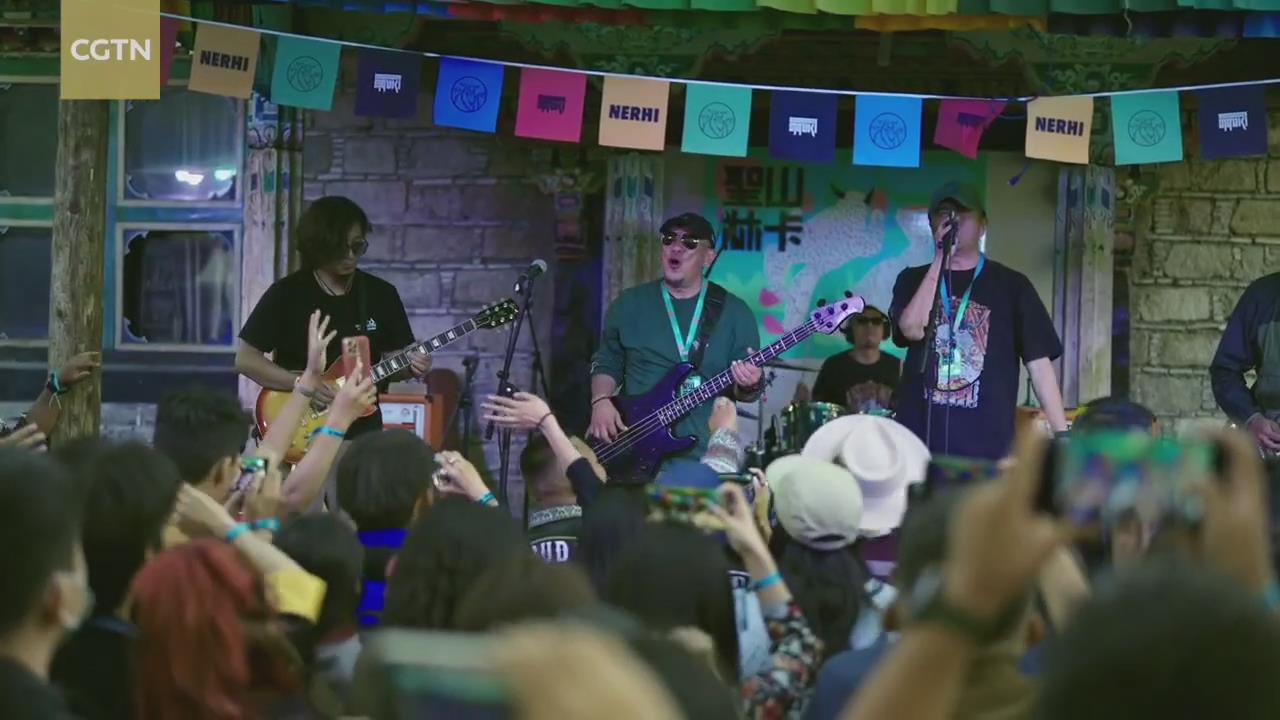| Mar. 30, 2018 -- The China Society for Human Rights Studies held a conference themed on "The Protection and Development of Tibetan Culture" on Mar.7 during the 37th meeting of United Nations Human Rights Council, introducing the efforts and fruits that Tibet has achieved in protecting and developing Tibetan traditional culture. More than 60 delegates from governments, international organizations, the NGOs, experts and journalists attended the conference. It is the first time that a Chinese NGO holds a conference themed on Tibet at the Palais des Nations, Geneva. Four native Tibetan scholars and Bressler, a French writer who have published books on Tibet, gave speeches and interpreted the topics that have attracted great attention, with the aim to let the world better understand Tibetan culture and the development of Tibet. As from March 27, we will keep updating the speeches of the delegates. Kelsang Droma: sustainable development of Tibetan culture industry (abstract)
Tibetan culture, as part of the Chinese culture, has unique charms. With a faster pace of modernization and opening up, culture will be well inherited through active preservation. By developing the culture industry, Tibet has made remarkable achievements in preserving, inheriting and promoting the culture with regional characteristics. Tibet has a total of 4,680 cultural enterprises with 32,000 employees. In 2016, these enterprises attracted foreign investment of 2.51 billion yuan and achieved annual output of 3.45 billion yuan. The output value of the culture industry accounts for 3.01 percent of Tibet’s GDP, an increase of 15 percent year on year, which is higher than the country’s growth of 12 percent. The contribution of Tibet’s culture industry has been increasing. Stage play Princess Wencheng was premiered in August, 2013 and has become a cultural icon of Tibet. By participating in the construction of the theater and the play, local residents have increased their incomes considerably. The construction of the project provides local residents with a total income of 50 million yuan and adds hundreds of jobs. Local residents are taking an active part in cultural inheritance, skills learning. Some have started their own businesses. Thangka, is a unique art of Tibetan culture. Now there are over 2,000 Thangka painters in Tibet and the output value in 2016 broke 100 million yuan. Many Thangka academies admit students from poor families, with the aim to lift them out of poverty by teaching them painting skills. Tunba Village, Nimu County, is the birthplace of Tibetan incense. For 1,300 years, local people have been making Tibetan incense with traditional crafts. Today the government encourages and supports more farmers to engage in the craft. In 2016, there were 285 people making Tibetan incense with the annual per capital income of 21,500 yuan. Tibet will keep developing cultural tourism across Tibet. Lhasa features historical culture; Shigatse features ecological culture of Qomolangma; Shannan builds industry cluster districts themed on Yarlung culture; Naqu focuses on nomadic culture; Nyingchi features ecological culture of Yarlung Zangbo; Qamdo features Shangri-la cultural tourism and Ngari builds industry cluster districts themed on religious culture. Tibetan culture is an integral part of the Chinese culture and also a treasure of mankind. During the past five years, over 1.5 billion yuan from the central government and 2 billion yuan from ministries, provinces, and municipalities have been invested in developing Tibetan culture. The central government vows to build Tibet an important culture area of China, which has undoubtedly provided new momentum for the development of Tibet's culture industry. I believe the Tibetan culture industry will embrace a sustainable development. (The author is a research fellow of the Institute of Social Economy , China Tibetology Research Center) (“en.tibetol.cn” has been authorized by the CSHRS to publish the article. Please give credit to our website if you use it elsewhere.) |
- Home
- News Tibet |Exclusive |China |World |Related News |Latest
- Documents White Papers |Others
- Photo Politics |Economy & Society |Culture & Religion |Human & Nature |Beautiful Tibet |Other Tibetan-Inhabited Area |Exchanges |Related
- Video News |Documentary |Micro-Video |Entertainment
- Art
- Tourism
- In Focus
- About Tibet






